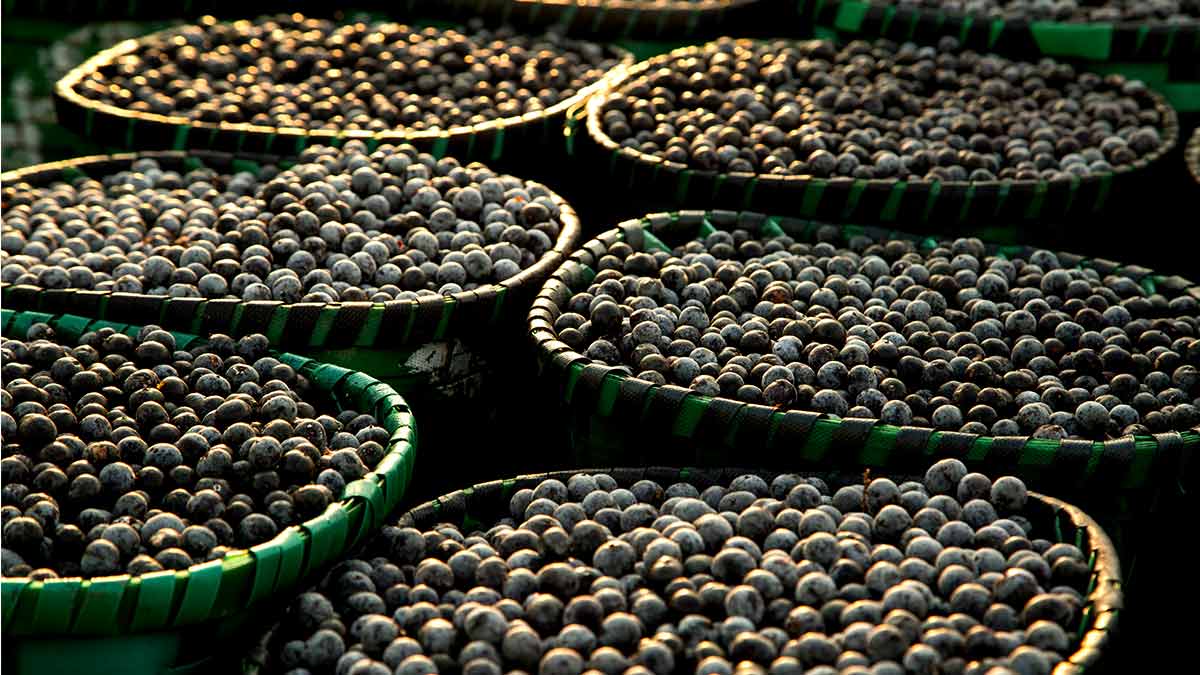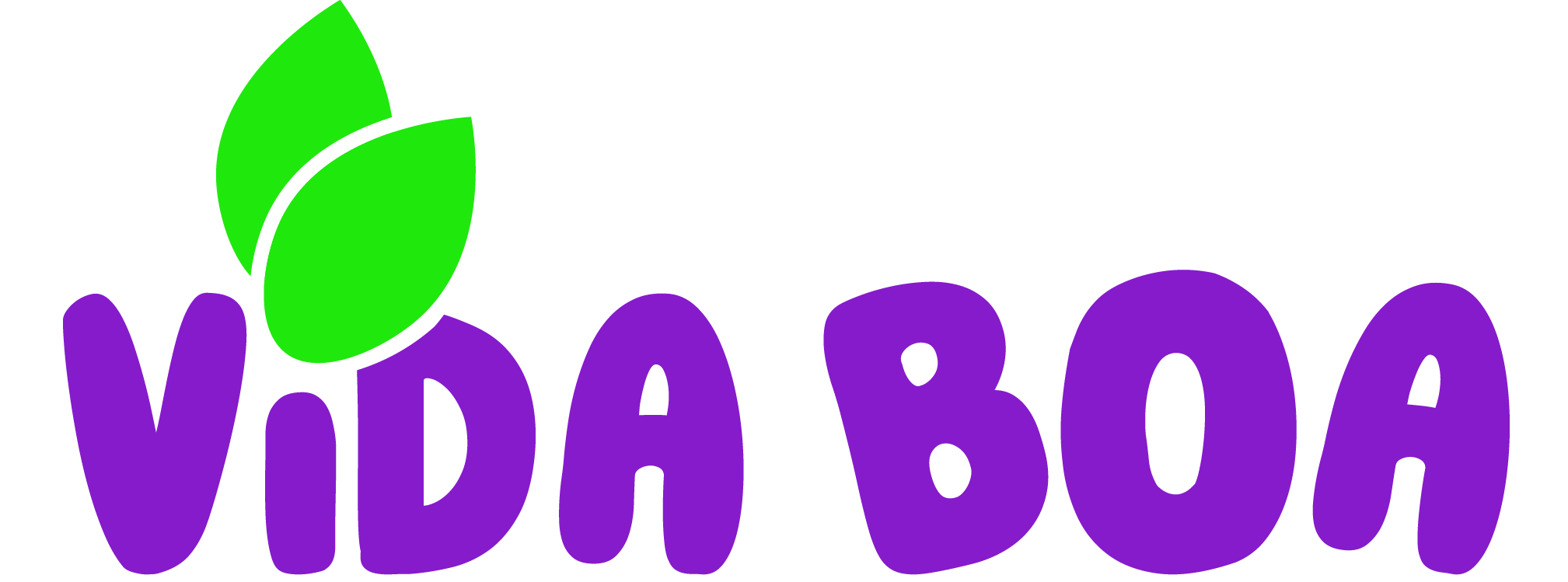
The origin of acai: the typical fruit of the Brazilian Amazon
In recent decades, acai (açaí) has journeyed from the verdant depths of the Amazon rainforest to nearly every corner of the globe. It has captivated the palates of individuals in Dubai and Paris, from Rio’s boardwalks to the chilly waters of Helsinki. Moreover, the origin of acai has firmly established its presence and garnered a dedicated following in Brazoria County (TX).
If you’ve tried an acai bowl, but never tasted the fruit, it’s likely that you’ve tasted the “creamyer”, sweet and icy form of this dark-purple fruit. That’s how most people who live outside the North of Brazil know acai, traditionally accompanied by guarana syrup and banana slices, strawberries and granola on top.
But, for thousands of years, acai was nothing like that. In this article, we’ll return to acai’s roots in Amazon to discover its origin and the legend of its creation.
Where acai comes from
More than 85% of all acai consumed in the world comes from the northern region of Brazil, in Amazon, where the açaizeiros (the tree’s name) grow abundantly. If you travel through every Brazilian city, there is a big chance that you’ll find at least one mall, beach “kiosk”, supermarket or even a gym selling acai. And, in most of those places, you wouldn’t be trying acai in its traditional form.
In the north of the country, acai is the “everyday meal” of thousands of families and, while it can be drunk as juice or served as dessert, it’s traditionally eaten hot and salted, often accompanied by cassava flour. And, on special occasions, it can also come alongside fried fish and shrimps.
That may seem odd, looking at that creamy and sweet bowl of acai that we all know and love, but it’s how this precious fruit has been consumed for the last thousand of years. Despite all the enormous biodiversity that the region can offer, the Amazon rainforest is not the easiest place to grow food.
Rich in nutrients, such as high quality carbs and proteins, acai became (quite literally) a life savior for the Brazilian hunters and gatherers natives, offering a steady and healthy source of energy. And, being such a central part of a culture’s survival, acai could not go by without an origin myth.
Is acai healthy? Discover the benefits of this Brazilian fruit.
The legend and origin of acai
The name “açaí” comes from the Tupi (a community of Brazilian natives) word for “weeping fruit”. We might think that it’s because of the juicy pulp of açaizeiro’s coconuts but, according to the legend, this name is due to the “tearful circumstances” in which acai was created.
The story goes that hundreds of years before the first European ship ever crossed the Atlantic, the natives that lived in today’s city of Belém do Pará (North of Brazil) began to starve. The population grew every day, while the food available became increasingly scarce.
Fearing for his people’s survival, the community head Itaki ordered that every newborn was to be sacrificed, in order to keep the nation’s growing numbers under control until a more prosperous season. Tough and fair, as a leader ought to be, Itaki made no exception when his own daughter, Iaçã, gave birth to a little girl.
Heartbroken, Iaçã spent days and nights weeping for her lost child and praying for Tupã, the god of thunder, to save her people from this suffering. Until one night, Iaçã heard a child’s cry coming from the woods. Following the sound, the chief’s daughter found her little girl, sitting amongst the roots of a large palm tree. But that vision lasted for only a moment, before her child vanished in the wind.
In the morning, Itaki and his people found Iaçã peacefully laid under this tree and, looking above, they saw round, small black fruits (matching the princess’ dark eyes) coming down from the leaves.
Then they gathered those fruits and milled them, making a dark-purple juice out of them. After tasting this mysterious delicacy, Itaki understood that the black fruits were Tupã’s gift for his people. Sustained by the rich palm trees, the Tupi people would never again face hunger. In honor of her miraculous tears, the fruit was then named after Iaçã.
Know how acai became known worldwide through Jiu Jitsu.
Açaí’s path: United States consumes 40% of Para’s exports; European market is shy
It was only in the 2000s – when the exotic, grape-colored cream arrived in California – that athletes became addicted to the flavor of the bittersweet fruit. Not only did they incorporate the habit of drinking the mixture into their daily routine, but they also helped spread the craze throughout the slums of the most lively and sporty state in America.
But it was the American company Sambazon – the first to legally export the product and to register the açaí with the FDA – that made the fruit become a fever among the five-star athletes of California. All thanks to the environmentally friendly policy they have adopted, the empathy they have gained in the surf and skate scene, and the successful business deals they have made in Brazil.
The acai from vida boa açaí
The acai pulp used on Vida Boa Açaí comes directly from the açaizeiros of Pará, and we serve it without adding sugar or any artificial colorant or flavoring. Our bowl sweetness comes only from the natural honey, produced right here, in Brazoria county.

